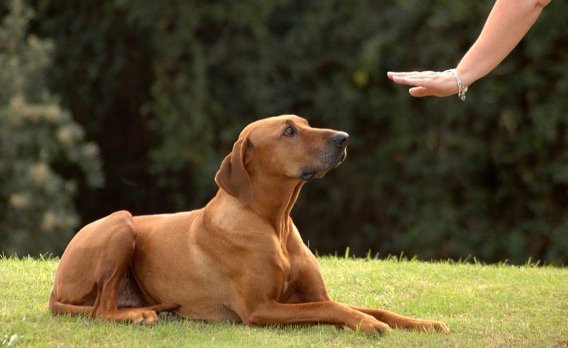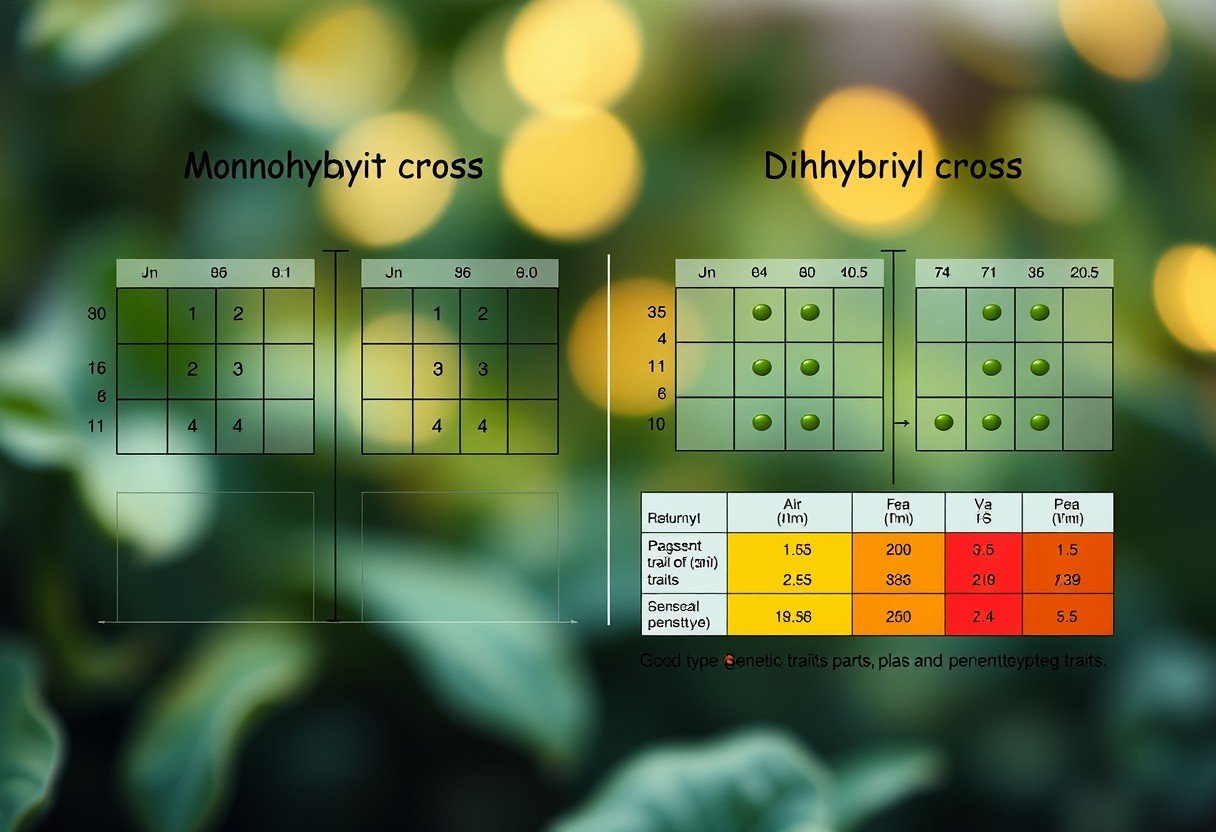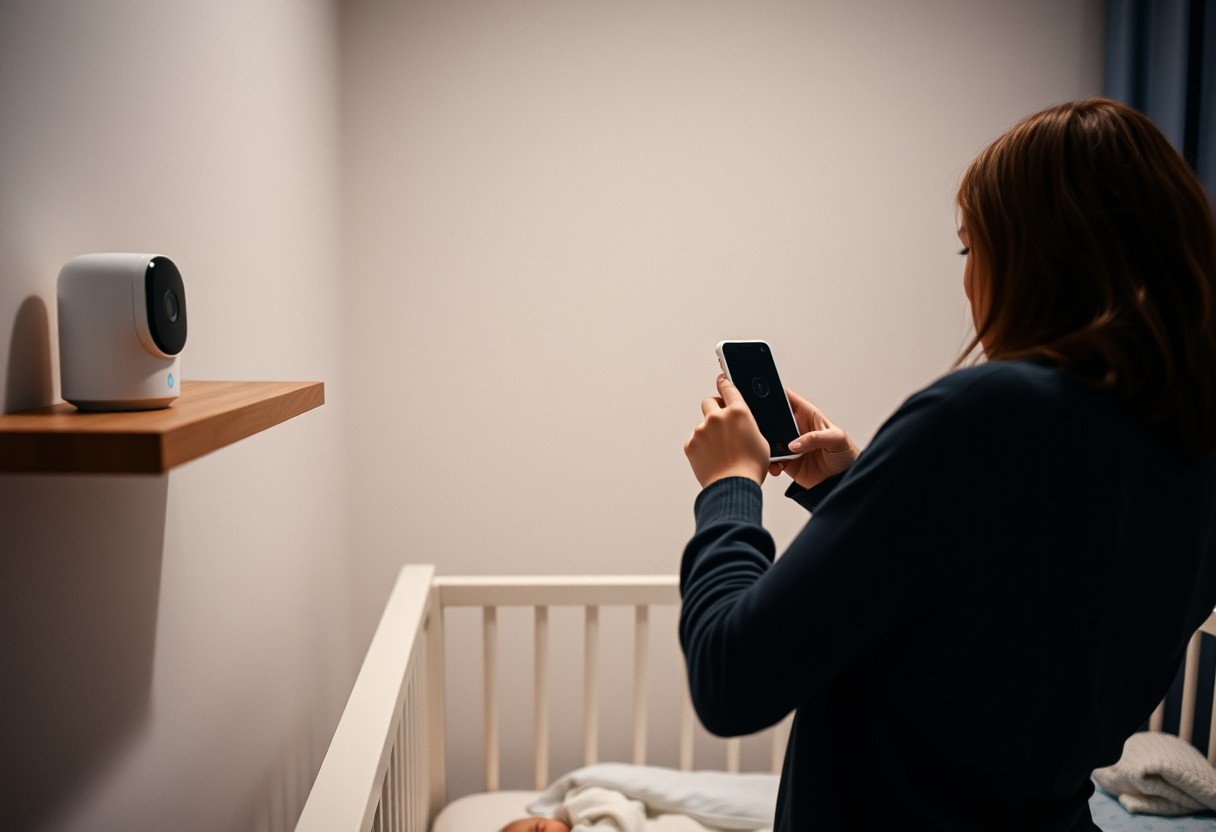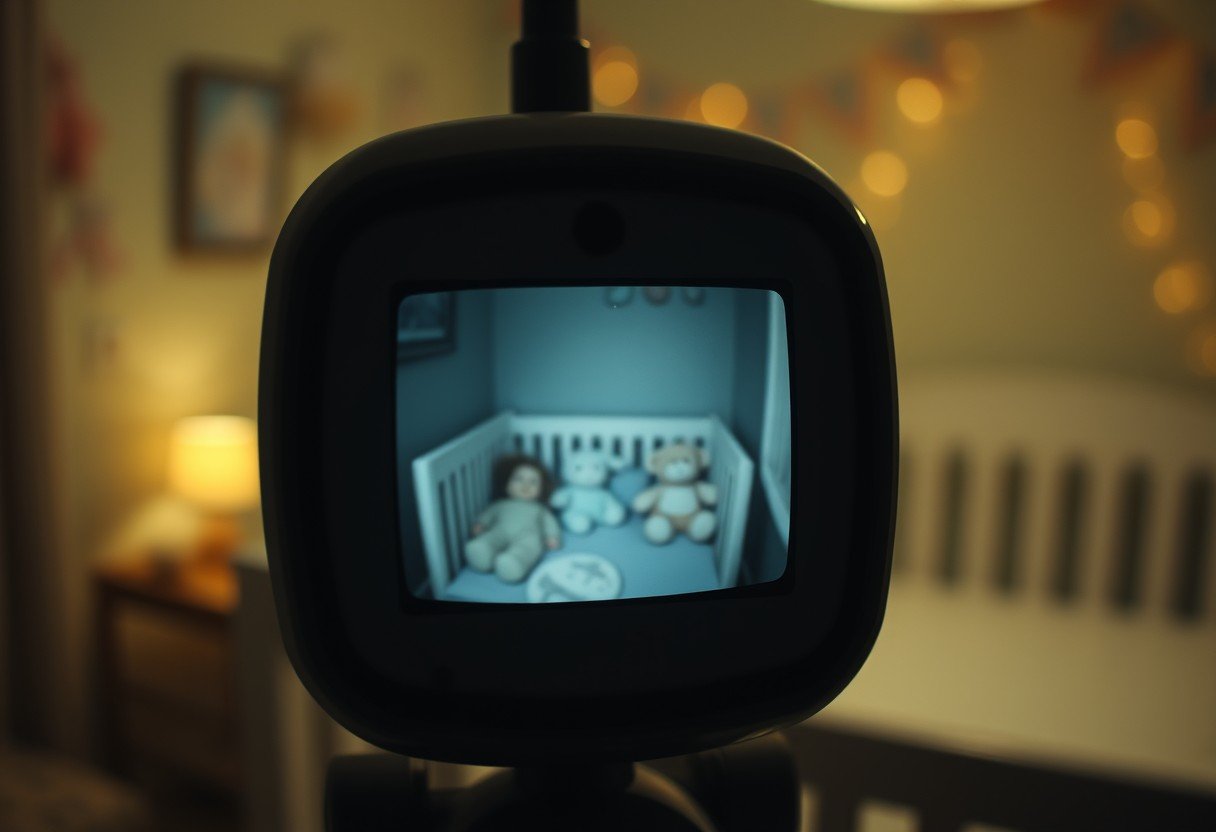Bringing a new puppy home is an exciting time filled with cuddles and play. To ensure your furry friend grows into a well-behaved companion, it’s crucial to start obedience training as soon as possible. This process helps your puppy understand its role in the family, learn healthy habits, and builds a strong, lifelong bond between you. Successful training is not complicated and can be a fun, rewarding experience for both you and your new pet.
What Exactly is Puppy Obedience Training?
Obedience training is the foundation for teaching your puppy how to behave appropriately in the world. It’s about establishing clear communication and helping your dog understand its place within your family’s structure. This isn’t about being overly strict; it’s about guiding your puppy toward positive habits.
The training process teaches them how to interact politely with new people, other dogs, and different animals. You are essentially giving your puppy the tools it needs to navigate social situations calmly and confidently.
This goes beyond basic commands. Effective obedience training shapes your dog’s overall temperament, preventing negative behaviors before they become ingrained habits. It’s about raising a balanced, happy, and well-adjusted member of your family. By adapting the training to your lifestyle, you ensure a harmonious life together.
Why You Should Start Training Your Puppy Early
The old saying “you can’t teach an old dog new tricks” has some truth to it. While older dogs can certainly learn, puppies are like sponges, soaking up information at an incredible rate. Starting training as soon as your puppy settles in makes the process much easier and more effective.
Early training helps prevent common behavioral problems like excessive barking, chewing on furniture, or jumping on guests. When you establish rules and boundaries from day one, your puppy learns what is expected of them. It’s far simpler to build good habits from the start than to correct bad ones later on.
More importantly, training is a powerful bonding activity. Every training session is an opportunity to strengthen your connection with your new puppy. It builds trust and respect, making your puppy look to you for guidance. This shared experience creates a partnership that will last a lifetime.
Essential Supplies for Your Training Journey
Before you begin, it’s a good idea to gather a few key items to set yourself up for success. Having the right tools on hand makes the training process smoother and more enjoyable. You don’t need a lot of expensive equipment, just a few basics.
Here are the essentials you will need:
- High-Value Treats: Small, tasty treats are perfect for rewarding good behavior. Since you’ll be using a lot, make sure they are healthy and low in calories.
- A Collar and Leash: A comfortable collar or harness and a standard 6-foot leash are necessary for practicing commands during walks and in different environments.
- Patience and a Positive Attitude: Training takes time and consistency. Remember to stay patient, celebrate small victories, and keep the experience positive for your puppy.
Having reliable online resources or books can also provide valuable guidance. Remember, the most important tools are your time, patience, and positive energy.
How to Make Training a Part of Your Daily Routine
One of the biggest mistakes new owners make is treating training like a formal, scheduled chore. This can put pressure on both you and your puppy. Instead, think of it as “homeschooling” that happens naturally throughout the day.
Incorporate training into your everyday interactions with your puppy. For example, ask your puppy to “sit” before you put their food bowl down. Practice the “stay” command for a few seconds before letting them go outside. These small, consistent moments are more effective than one long, stressful session.
This approach makes learning a constant and organic process. Your puppy will begin to see good behavior as a normal part of life, rather than something they only do during “training time.” It’s about raising your puppy, not just commanding it.
Keep Training Sessions Short and Effective
Puppies, like young children, have very short attention spans. A long, drawn-out training session will quickly lead to boredom and frustration. To keep your puppy engaged and eager to learn, it’s crucial to keep your practice sessions brief.
The most effective strategy is to hold multiple short sessions throughout the day. Aim for sessions that are 5 to 10 minutes long. This is the perfect amount of time to practice a command without overwhelming your puppy. Focus on mastering one command at a time before moving on to the next one to avoid confusion.
Here is a simple table showing how you can integrate short sessions into your day:
| Time of Day | Activity | Training Focus (2-5 mins) |
| Morning | After Potty Break | Practice “Sit” |
| Afternoon | During Playtime | Practice “Come” |
| Evening | Before Dinner | Practice “Stay” |
This routine helps reinforce learning without causing burnout.
Practice Commands in Different Environments
If you only practice training in your living room, your puppy might think that’s the only place they need to listen to you. Dogs don’t always generalize commands to new locations automatically. It’s your job to teach them that “sit” means sit, whether they are at home, in the yard, or at the park.
Once your puppy has a good grasp of a command indoors, start practicing it in other places. Begin in a low-distraction area like your backyard. As they get better, gradually move to places with more sights and sounds, such as a quiet park or on your daily walks.
Practicing in various locations helps your dog learn to focus on you despite distractions. This is a critical step in raising a reliable and well-behaved dog that you can take anywhere with confidence.
The Power of Positive Reinforcement and Rewards
Positive reinforcement is the most effective and humane way to train a dog. This method involves rewarding your puppy for good behavior, which makes them more likely to repeat it in the future. Rewards create a positive association with training and following your commands.
The most common reward is a tasty treat. When your puppy successfully follows a command, immediately give them a treat and praise them with an enthusiastic “Good dog!” This helps them understand exactly what they did right.
However, rewards don’t always have to be food. Verbal praise, a favorite toy, or a good petting session can also be powerful motivators. Find out what your puppy loves most and use it to encourage them. The goal is to make training a fun game where your puppy is excited to participate and eager to please you.
Frequently Asked Questions about Puppy Training
When is the best age to start obedience training a puppy?
You can start basic obedience training as soon as you bring your puppy home, which is typically around 8 to 10 weeks old. At this age, they are eager to learn. Keep sessions very short and positive to match their short attention spans.
What are the first commands I should teach my puppy?
Start with simple, foundational commands that are useful for everyday life. The most important ones to begin with are “sit,” “stay,” “come,” and “down.” These commands help with general management and safety.
How do I stop my puppy from biting and chewing everything?
Nipping and chewing are normal puppy behaviors. Redirect their chewing onto appropriate chew toys. If they nip you during play, yelp loudly and briefly withdraw your attention to teach them that biting stops the fun.
Can I train my puppy without using food treats?
Yes, you can. While treats are a powerful motivator, other rewards can be just as effective. You can use praise, petting, or a favorite toy to reward your puppy for good behavior. The key is to find what your specific puppy finds most rewarding.
What should I do if my puppy isn’t learning a command?
If your puppy is struggling, the command might be too complex, or the session might be too long. Break the command down into smaller steps, keep the session shorter, and make sure you are in a low-distraction environment. Always end on a positive note with a command they already know.








Leave a Comment